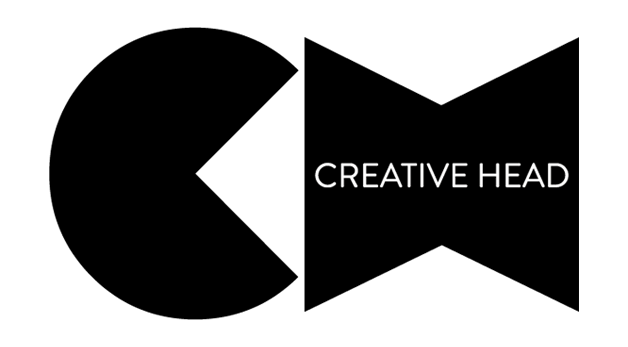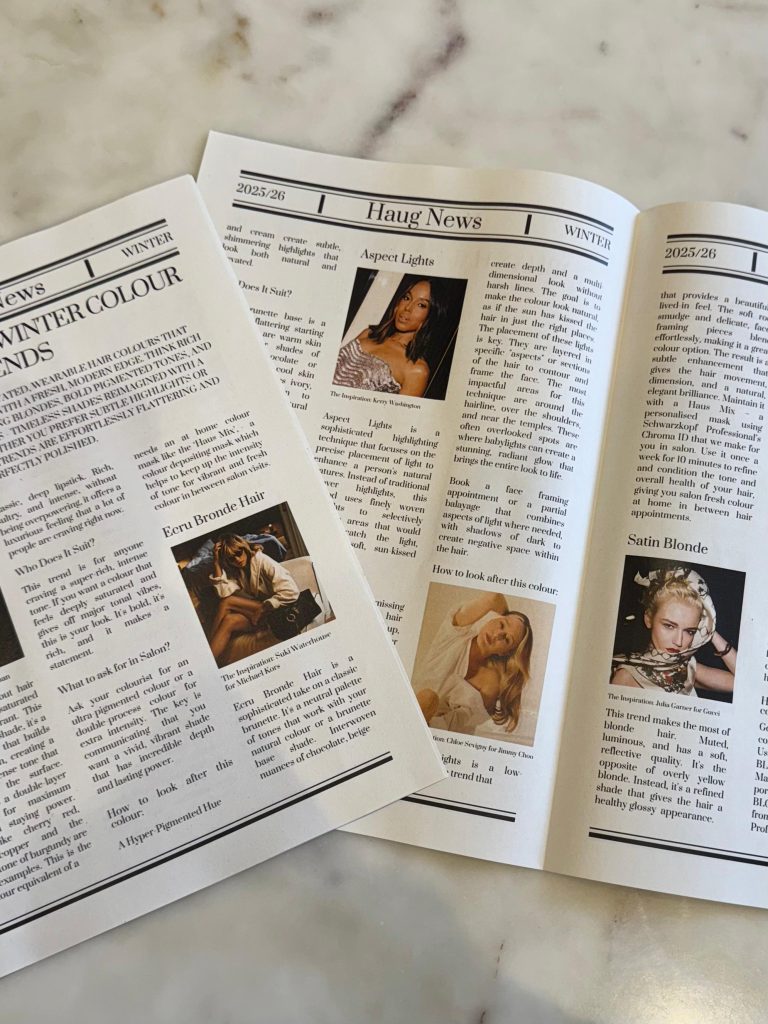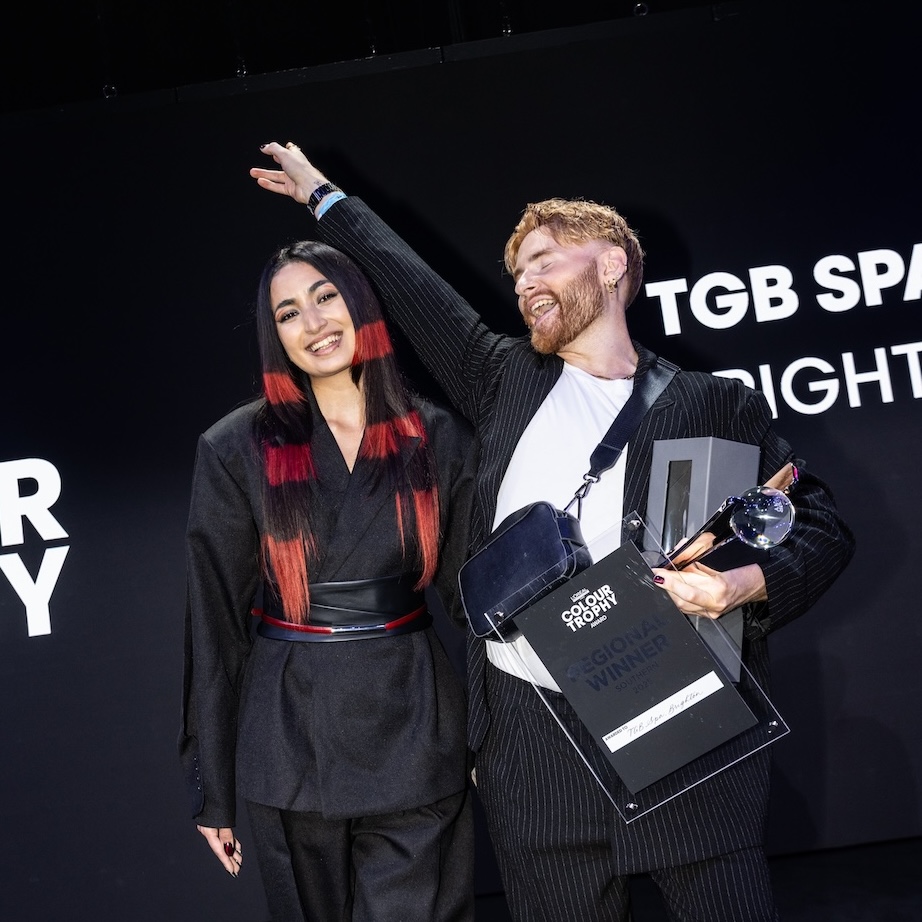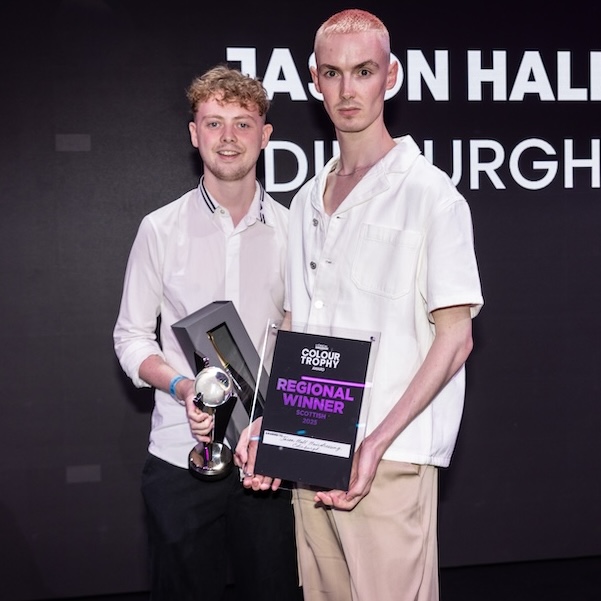L’Oréal are set to acquire Color Wow, the pro haircare brand behind buzz-worthy heroes such as XL Bombshell Volumizer and Dream Coat. Based in the US and UK, Color Wow was founded by Gail Federici in 2013 and includes a collaboration with global stylist Chris Appleton within their product portfolio.
The range of products have gained a loyal and devoted following among stylists, media and consumers, with more 130 beauty award wins. From their initial Root Cover Up kit to their Curl Wow extension, Color Wow provide a wide range of innovative solutions for some of consumers’ most tricky hair problems.
The brand has seen rapid growth, thanks in part to advocacy and its engaged online community. Launched as a professional brand initially, Color Wow is now omnichannel, sold in salons, stores and online.
For L’Oréal’s Professional Products division, the move strengthens their portfolio even further, which includes L’Oréal Professionnel, Kérastase, Shu Uemura Art of Hair, Redken, Pureology and Matrix, among others. “As a premium haircare brand, with high levels of proven efficacy at an accessible price point, this acquisition will give us an increased foothold in haircare and in the styling category,” said Omar Hajeri, president of L’Oréal Professional Products.
“Joining L’Oréal is an incredible opportunity for the entire Color Wow team,” added Gail Federici. “Becoming part of the world’s number one beauty company, will set the stage for Color Wow’s continued success and help drive our innovation to new heights.”
The deal will close following the customary closing conditions, including the standard regulatory approvals.













































